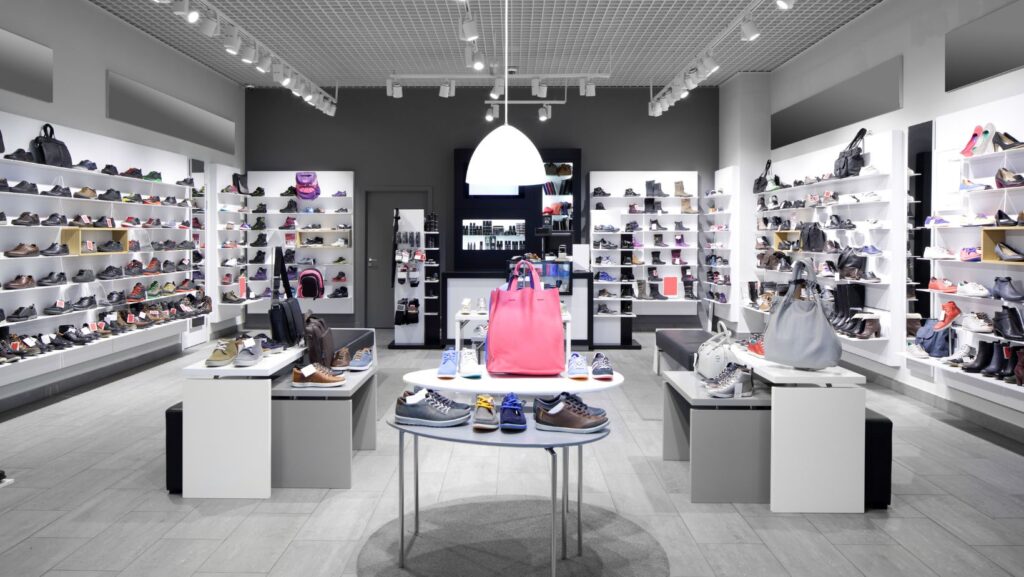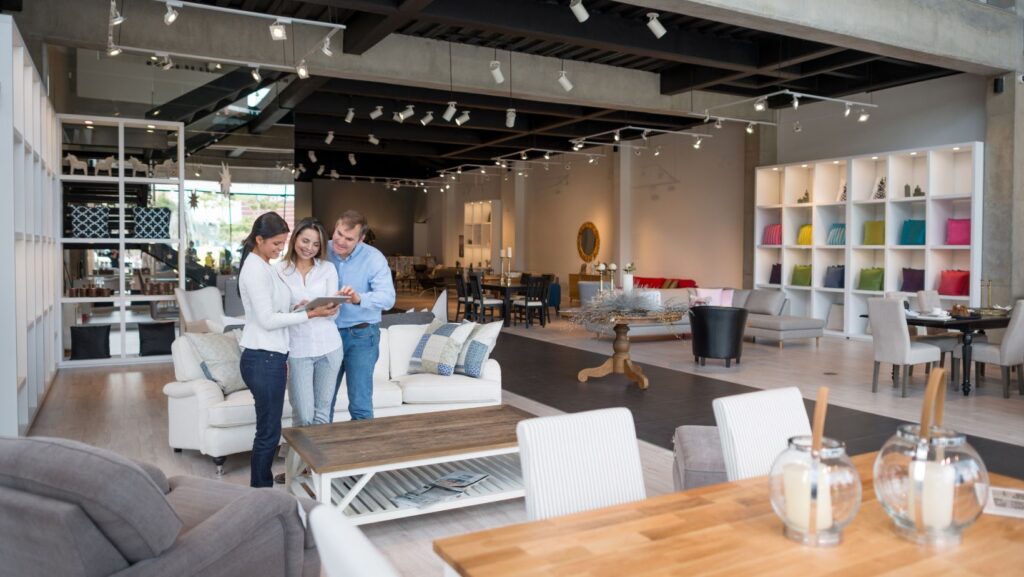
In a retail realm where competition is rife, and consumer behavior is continuously shifting, crafting captivating shopping spaces is of utmost importance. The difference between a good retail space and a great one often boils down to its design, and this is where a retail architect plays a pivotal role.
Retail architects, specialized in creating consumer-winning retail spaces, draw upon architectural knowledge, design expertise, and an understanding of commercial pressures to create spaces that reflect a brand’s identity and allure to consumers. Their role is critical not only in planning and designing retail spaces but also in transforming the shopping experience significantly.
The Pioneers of Retail Experiences
An in-depth understanding of consumer psychology forms the heart of retail architectural design. When designing spaces, retail architects consider factors such as the flow of traffic, sight lines, display areas, and even the mood and atmosphere created by lighting and materials.
These aspects, when executed carefully, evoke emotions and experiences that attract customers back time and time again.
The Marriage of Functionality and Aesthetics
Another crucial aspect where the role of a retail architect comes into play is the harmonious marriage of functionality and aesthetics. An effective retail design not only caters to operational efficiency but also creates an inviting atmosphere. Sorting out logistical issues such as storage, stockroom access, and checkout flows is just as important as creating a visually pleasing and welcoming environment.
Future-Proof Designs
In an era of rapid technological advances and changing consumer habits, it has become even more necessary to design retail spaces that are future-proof. Retail architects are in the forefront of incorporating innovative technologies into their designs. From virtual reality fitting rooms to touch-screen directories and even drone delivery, retail architects are helping shape the stores of the future.
Green Retail Spaces
Environmental sustainability is a widespread concern, and retail architects are responding by designing retail spaces that are environmentally friendly.

They help companies adopt materials and practices that reduce environmental footprint, like energy-efficient lighting and ventilation systems, the use of recycled and renewable materials, proper insulation, water conservation measures, and more.
The Magnetism of Design
A well-designed retail space essentially acts as a silent salesperson, subconsciously guiding visitors through the buying journey, while offering a rich, comfortable and memorable shopping experience. From intuitive store layouts to mood-enhancing lighting design, and from ergonomic product displays to strategic branding elements, the role of a retail architect is instrumental in crafting the magnetic charm of a shopping space.
In conclusion, the role of retail architects in today’s age is multifaceted and vitally important. Their expertise is not just about designing structures but creating experiences. In an increasingly punter-pleasing retail landscape, the task of designing captivating, sustainable, and future-ready retail spaces rests firmly on the shoulders of these architects.














